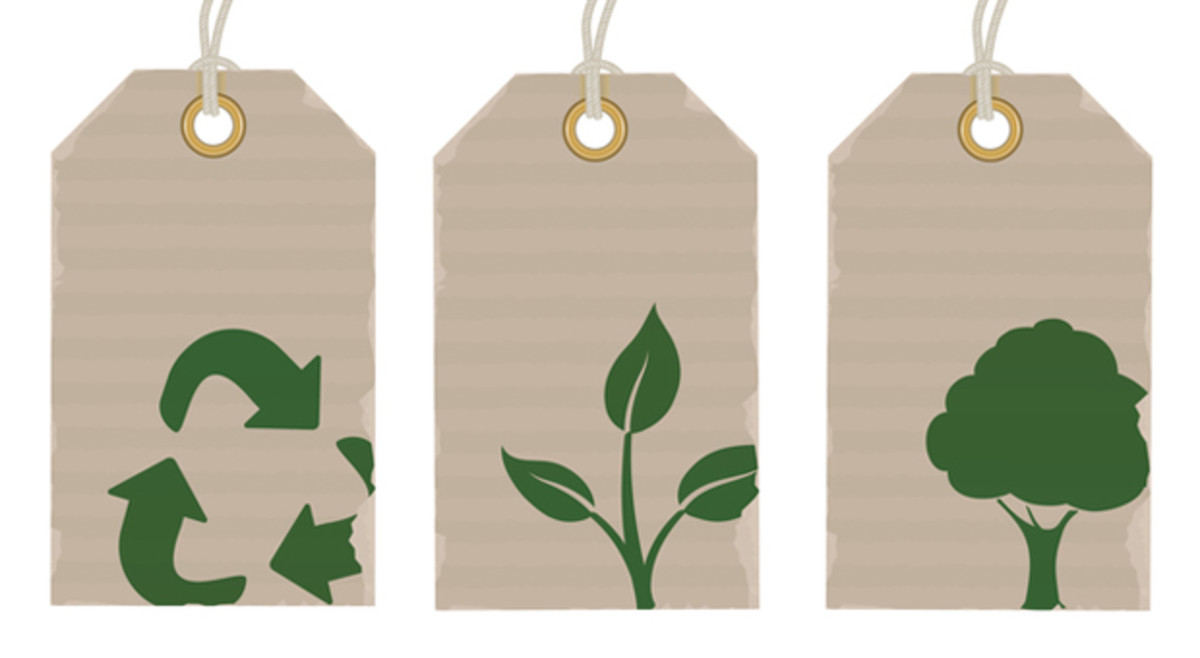In 2022 IBIS World ranked the Global Apparel Manufacturing industry as the fifth most prominent industry in the world. With a market size of $826bn and employing over 9.5 million people. But the fashion industry combined has a value of around $2.5 trillion, employing over 75 million people. So thinking such a large industry is not impacting the world climate change issue would be foolish. So how much does it impact? The fashion industry is the second largest industrial polluter, with 10% of total carbon emissions. We quickly dismiss sustainable fashion as a new fad created by super-sensitive Gen-Z. But the amount of textile waste the fashion industry produces
Read more · 3 min readWith a lot of greenwashing taking place within the fashion industry, it has come to be tough for consumers to know what's genuine and what's not. There is a lot taking place that many brands don't want us to see. The environmental effect of clothes is massive and growing year after year. As more fashion brands turn green and the fashion revolution grows in popularity, "sustainable fashion India" is increasingly heard. People are beginning to care greatly about how their garments have been made, and now no longer simply about the cost and style of the garments they buy.But what
Read more · 3 min readAt the heart of it, slow fashion is an approach of manufacturing clothing that takes into consideration and respects humans, the environment and animals. The concept of slow fashion stands in opposition to fast fashion which is built on cheap and poorly made garments that leave a huge social and environmental impact.Slow fashion brands in India promote a conscious and nuanced manner of shopping that prioritises the planet. It asks you to promote natural fabrics, invest in quality pieces, and at times shop secondhand. You may ask here, why do we even need slow fashion in the first place?Indian slow fashion
Read more · 3 min read



